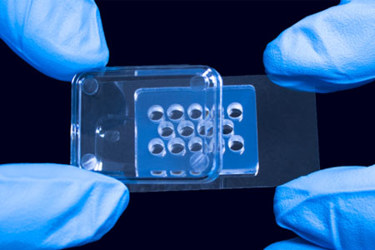Macro Mass Photometry: Measuring The Scattering Contrast And Size Of Nanoparticles

Macro mass photometry is a single-particle imaging technique used to characterize nanoparticles by measuring scattering contrast and size. It is particularly useful for measuring biological nanoparticles such as viral vectors, and can differentiate between particles of similar size but different refractive indices. The technique operates by measuring the light scattered by the nanoparticle, which depends on its physical properties. It involves illuminating a sample with a laser and capturing a series of contrast images, with the position of best focus for each particle used to determine the size-contrast distribution. Macro mass photometry can handle a range of nanoparticles of various compositions and sizes from 40 to 150 nm. It's particularly useful for larger nanoparticles, allowing for the capture of the plane of best focus for particles of varying sizes. Learn more about the advantages of macro mass photometry including how quickly it can be completed, the limited sample preparation requirements, and its compatibility with aqueous conditions.
Get unlimited access to:
Enter your credentials below to log in. Not yet a member of Bioprocess Online? Subscribe today.
